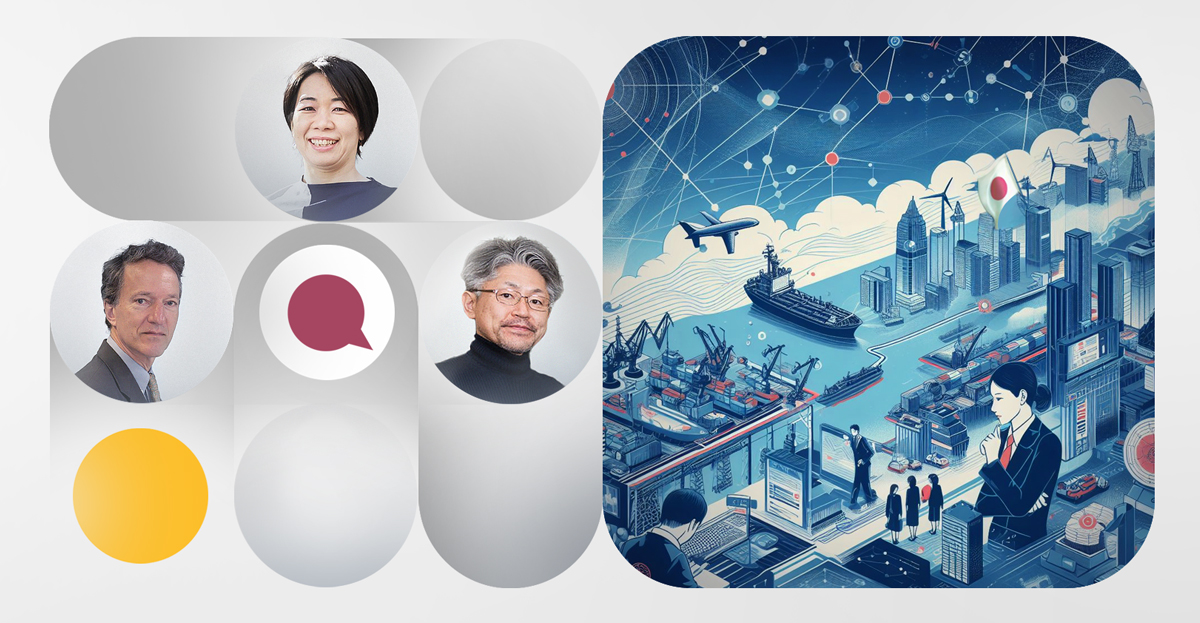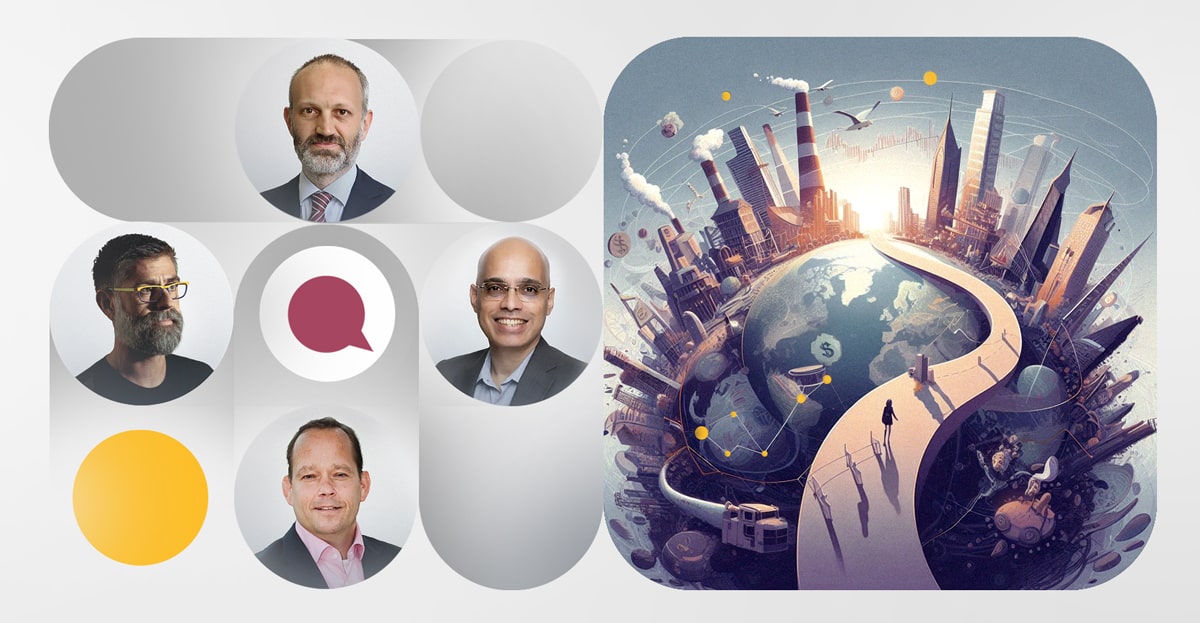The ultimate value chain series
Exploring the intersection of finance, geopolitics, and sustainability
As businesses navigate the complex terrain of value chains, they are urgently confronted with a dual challenge. They must meet regulatory mandates and simultaneously address sustainability concerns. The path forward requires a delicate balance between local and international strategies, all while considering the interconnected nature of today’s global challenges.
“Value chains should serve the greater good for all stakeholders concerned”
Within that context, the way we consider value chains is evolving. They are both complex and nuanced. Value chains are impacted by a variety of factors that are themselves in a state of flux, adding layers to the complexity. How should we define value chains moving forward? What do they look like?
“Value chains should serve the greater good for all stakeholders concerned”, says Raymond van der Loos, Director of Atradius Collections. “And that could depend on where it’s coming from and where it’s going to generate value and, ideally sustainability in that chain.”
“And then of course we have the definition of value generation,” he adds. “What that is depends on the end user of the product or service. The value chain should also be as efficient and effective as possible. The challenge of course is to deliver that.”
Sunil Mascarenhas of ADB agrees. He adds that the reason the value chain exists is to ‘bring together the various participants for mutual benefit’. They can’t survive without one another – nor can we address ESG without cooperation.
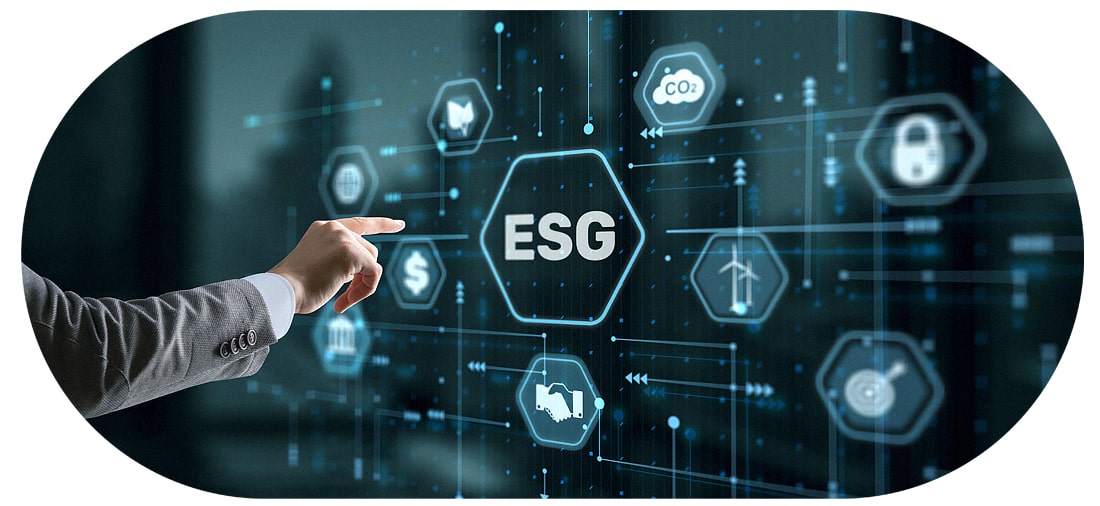
“If you look at what happened after COVID, after all the global issues, then you can see the change, the reaction, and the adaptation.”
“That needs to be looked at. What does the entire value chain look like? Who owns particular issues in the chain? And how effectively is it driven for everyone’s benefit?”
Federico Caniato of Politecnico di Milano goes further, stating that the ultimate value chain needs to evolve beyond mere incremental improvements and confront fundamental issues that plague the current system.
“You have these dynamic systems with no single center of coordination, there is not a single entity that sets the rules, so that’s a very big challenge. An ideal supply chain would be something that is really self-coordinated and adaptive.
Supply Chains are complex adaptive systems that are dynamic and adapt to change. And that’s true (now) in a way because if you look at what happened after COVID, after all the global issues, then you can see them change, react, and adapt.”
Supply Chain Finance: A catalyst for change
The common themes that emerge from what a value chain represents – efficiency, mutual benefit, and sustainability – speak to an ideal that actually may not be so far away. There is a growing trend for collaborative finance in the value chain. This trend is, in part, driving the establishment of regional networks. These networks bring participants onto a public ledger, and in turn, facilitate a flexible and agile ecosystem.
While these networks start at a local level, they have the potential to evolve into a global financial ecosystem, according to Maex Ament. “It’s one of the most powerful ways of financing the supply chain if you think about it,” he says.
“The challenge we have is getting to scale and getting to adoption. We can overcome that by finding smaller networks. I think we can get there over the next few years by having test pilots and then start to think more global.”
Indeed, the focus on regional development may be another emerging trend. Ament cites the example of being able to pay for goods in Sardinia with a made-up currency, while similar projects are extant in Kenya and South India. Should we be all that surprised though?

Mascarenhas says that much of the work ADB does is with local banks, helping them to design a supply chain finance business from a basic level. It helps them to establish a structure, to incentivize businesses, and to fit with the bank’s overall structure.
“The easiest way to do it is plug in a couple of corporate bankers and tell them to run a supply chain business,” he says. “But it needs much more than that. How do you identify the competencies required? What systems are required? You then have to work with the risk management side to educate and train them to assess risk. It’s an all-encompassing initiative that takes around 18 months.”
Regulation and inertia to change
“Things don’t always improve in the way you want them to.”
At the crux of the transformation lies a dichotomy that is unique to supply chain finance, neatly summarized by Van der Loos. “We are there to enable trade,” he says, “but then the question becomes do we enable trade or do we enable sustainable trade? And how do we do that? We believe in the latter – enabling sustainable global trade with positive outcomes for people and the planet.”
There is, he adds, an expectation that financial institutes should stimulate the right behavior, but that in itself can be difficult where there’s cultural resistance or inertia to change from the banks themselves.
“There are some risks of course because companies need to reshape their activities,” he says. “There is a risk too that they will cut out certain activities from their portfolio and pass them to someone else under the radar. So, things don’t always improve in the way you want them to.

“One of the things we do is looking into developing educational programs for customers and developing green products. Our subsidiary Atradius Dutch State Business does this on behalf of the Dutch government to support Dutch exporters.”
The question then is how to further stimulate certain activities or drive specific changes? In some sectors and regions change only occurs when mandatory. Regulation may seem draconian in a sense, but if it forces the issue where culture and markets can’t, is it then necessarily a bad thing?
To an extent, regulation is shaping the future of value chains. Maex Ament highlighted that, particularly in the context of climate action, regulations and mandates are driving change in the value chain. Cap-and-trade markets, mandatory carbon markets, and biodiversity markets are emerging as governments seek to address environmental challenges.
It’s made a huge impact in the European Pharmaceutical market too, through the European falsified medicine directive. The tracking and traceability mandate, Federico Caniato says, requires that “each package of medicine from production to distribution has to be identified and traced to the point of dispensation. It happened. So in 27 countries from manufacturers through to pharmacies and hospitals, everywhere – all packages of medicines, all countries are placed on a common system.”
The challenge of prioritizing sustainability in value chains
The global push for sustainability has placed the emphasis for businesses well and truly on meeting environmental standards, especially in the West. To some extent, the social aspects of the ESG ticket are overshadowed, and there is a feeling that the environmental agenda has hijacked more pressing matters in certain regions.
“The questions that arise today are mostly around the environment because it’s such a hot-button issue that’s affecting a large swathe of populations,” Mascarenhas says. “Labor issues tend to be more country-specific, more a local social problem that is colored by geopolitics. But, in smaller countries it’s a question of livelihood – there often isn’t the financial capacity to switch to the latest environmentally-friendly equipment or facilities.”
“We have to decarbonize fast and not only the supply chain but the atmosphere and take care of how we mine so that we don’t destroy biodiversity.”
It begs the question: What’s the priority and for whom? The idealistic nature of wholesale change has to be met with pragmatism if progress is to be made. Organizations have to balance various priorities, among them sustainability, resilience, and profitability. This balance is often influenced by external factors, such as regulatory changes and global disruptions. What that looks like is context-specific.
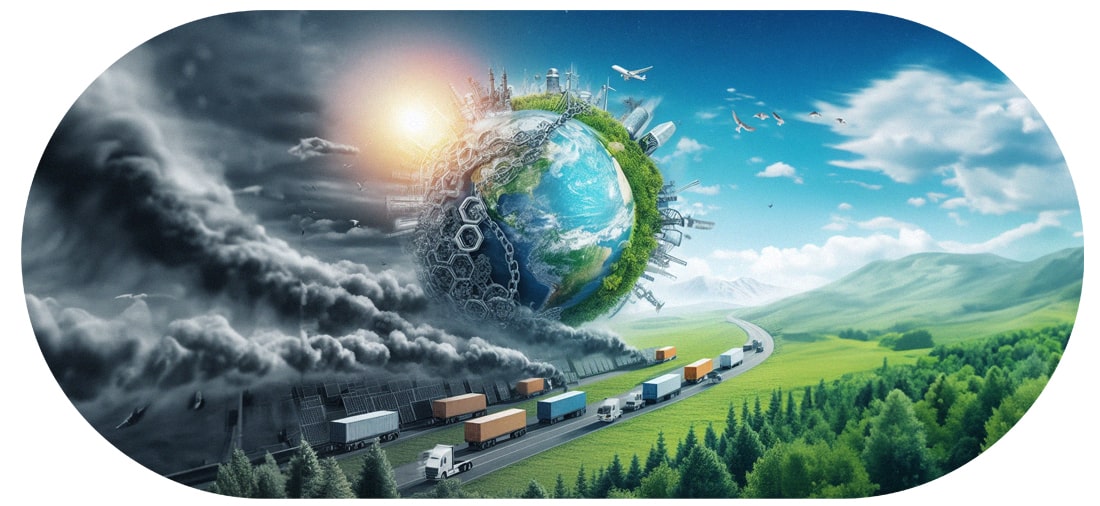
“You may want to go with suppliers that are more sustainable, but that may make you more dependent [on them] and less resilient to shocks. You will always have to make a decision, balancing out different decisions – looking at both the short and the long term. Because as we’ve learned there will be another disruption for sure.”
For Maex Ament, it’s a case of addressing multiple issues simultaneously; he is adamant that there is no longer a choice between tackling one problem first and addressing others later.
“We’ve messed up the planet pretty badly in the last 50 years, so there is not a choice anymore,” he says. “What is more important? We have to get it all right. We have to decarbonize fast and not only the supply chain but the atmosphere and take care of how we mine so that we don’t destroy biodiversity.”
“There are companies that don’t have the resources, that can’t do everything all at once. The governments can play a role here by providing the right incentives. They have the means to give companies the incentives (the carrot) and the stick to do all those things. We cannot wait on decarbonization.”
Ament’s is a compelling perspective on the ever-evolving landscape of value chains, finance, and sustainability. But, whatever the Ultimate Value Chain looks like, it is clear that it needs to extend beyond traditional finance models and embrace new ways of using tech and finance as a means to enhance transparency and efficiency because transformation is both pressing and necessary.
This article is part of the ultimate value chain series. Journalist Tom Holmes and Professor Michiel Steeman embark on a journey, interviewing academics, corporations, NGOs, and various industry experts to delve into the multifaceted dimensions of the ultimate value chain.
Our Experts
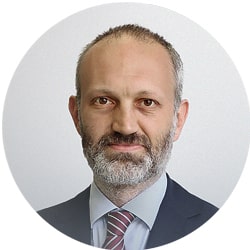
Federico Caniato, PhD
Federico Caniato is Full Professor of Supply Chain and Purchasing Management at the School of Management of Politecnico di Milano and the Rector’s Delegate for Life Long Learning.
Learn more about Federico Caniato, PhD

Markus (Maex) Ament
Founder of Ebydos (2000 – exit to Kofax), Snappr (2007 – exit to Big In Japan), Taulia (2009 – exit to SAP), Centrifuge (2017 – token launch 2021), Earnd (2019, exit to Wagestream), Pegada (2000 – exit to Verticys), besser (2021)
Learn more about Markus (Maex) Ament

Sunil Mascarenhas
Sunil Mascarenhas works at Asian Development Bank as a Relationship Manager of Trade and Supply Chain Finance Program since 2019. Sunil manages ADB’s Supply Chain Finance Program (SCFP).
Learn more about Sunil Mascarenhas

Raymond van der Loos
More than 25 years+ of experience in international trade receivables management and financial sector.
Led the Order to Cash process optimization for General Electric in Europe, focusing on improving DSO, cash flow and efficiency.
Learn more about Raymond van der Loos
The authors

Michiel Steeman
As managing partner of Inchainge he develops and promotes business simulations on topics such as supply chain management, working capital, sustainability and circular economy. The mission is to develop value chain leaders through experiential learning. www.inchainge.com
Learn more about Michiel Steeman

Tom Holmes
Tom is a freelance supply chain journalist with 15 years industry experience. He has worked for some of the biggest names in shipping including Maersk, DNV and ShipServ, and has written extensively on a broad range of supply chain topics for a variety of publications, including Supply Management and Supply Chain & Sustainability.

